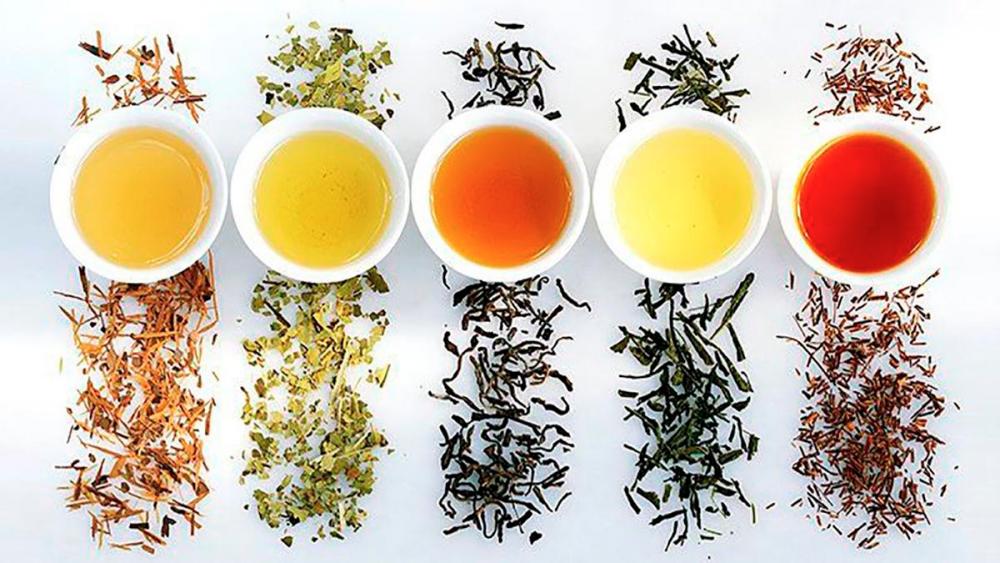DID you know that all teas are derived from the same plant, Camellia sinensis? It has been farmed and eaten for hundreds of years in southern China. Despite that, each tea has its own particular property. Different harvesting, processing techniques, and the quantity of oxygen exposed to the tea all contribute to its categorisation.
Because teas are derived from the same plant, they all contain nearly the same amount of caffeine. The amount of caffeine in your cup is determined mostly by how much leaf you use, how hot and how long you steep it. As you are aware, there are several types of tea available on the market. Tea kinds range from robust black to delicate white. Here are the top five most popular tea kinds.
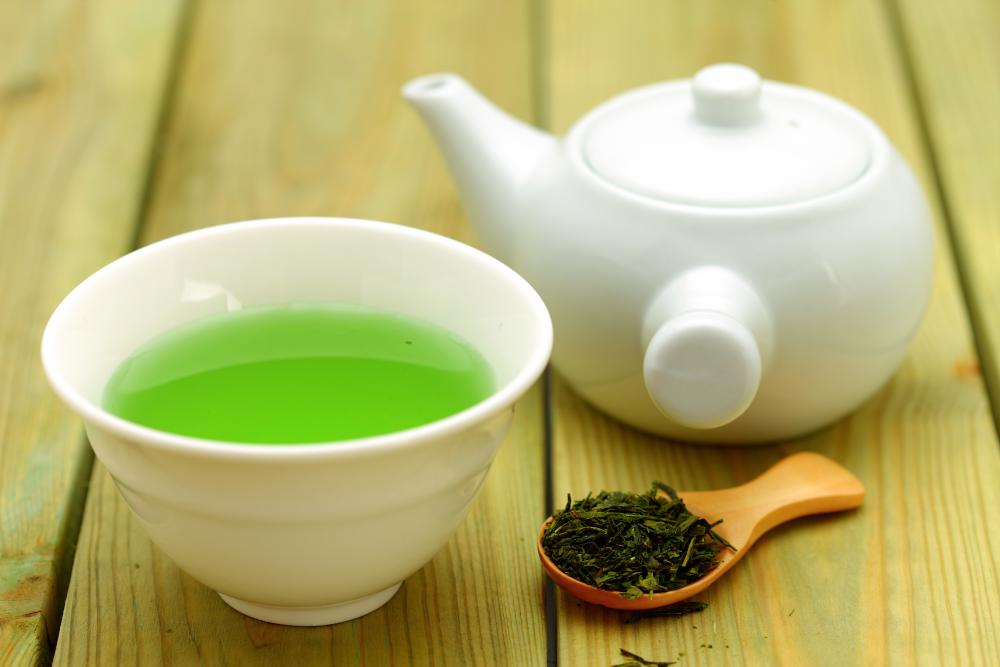
Green Tea
Green teas are made from fresh tea leaves that have undergone minimal processing. It has the rich aroma of freshly harvested tea leaves. The greatest green teas have a rich, creamy body and a lengthy aftertaste. They don’t go through the oxidation process. After being plucked, the leaves are left to wither for a few hours. The leaves are then steamed or dried to eliminate moisture and trap antioxidants within them. Green tea flavours vary between regions. There is a common misconception that green tea has less caffeine compared to other types of tea. Remember, that is not true. Green tea promotes mental alertness and the body’s natural defence against oxidative stress.
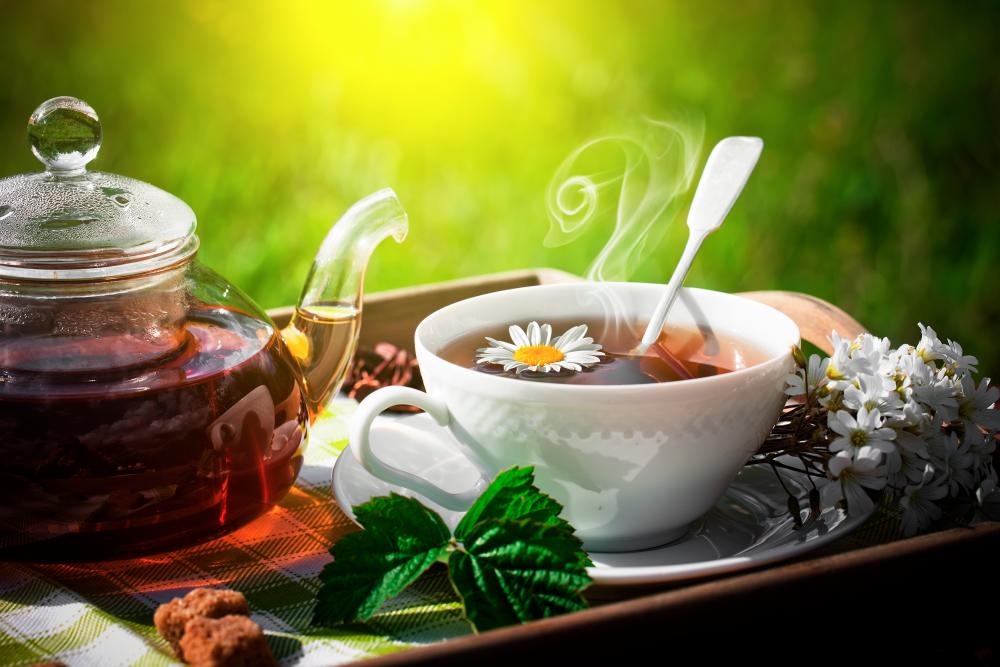
Black Tea
Black tea is one of the most popular and widely available tea flavours. Because black tea has a little bitter flavour, many people like to add a tiny quantity of milk to it. Black tea necessitates a longer manufacturing procedure. The leaves for black tea are first sun-dried in the process of creating black tea. The withered leaves are then rolled to shatter their cells, allowing the leaves to oxidise faster when exposed to oxygen. This exposure occurs in heated rooms to hasten the oxidation of leaves, making them a dark red colour. Black tea is an excellent beverage that can improve heart health. It may have a little favourable effect on blood pressure, diabetes risk, and even cancer prevention.
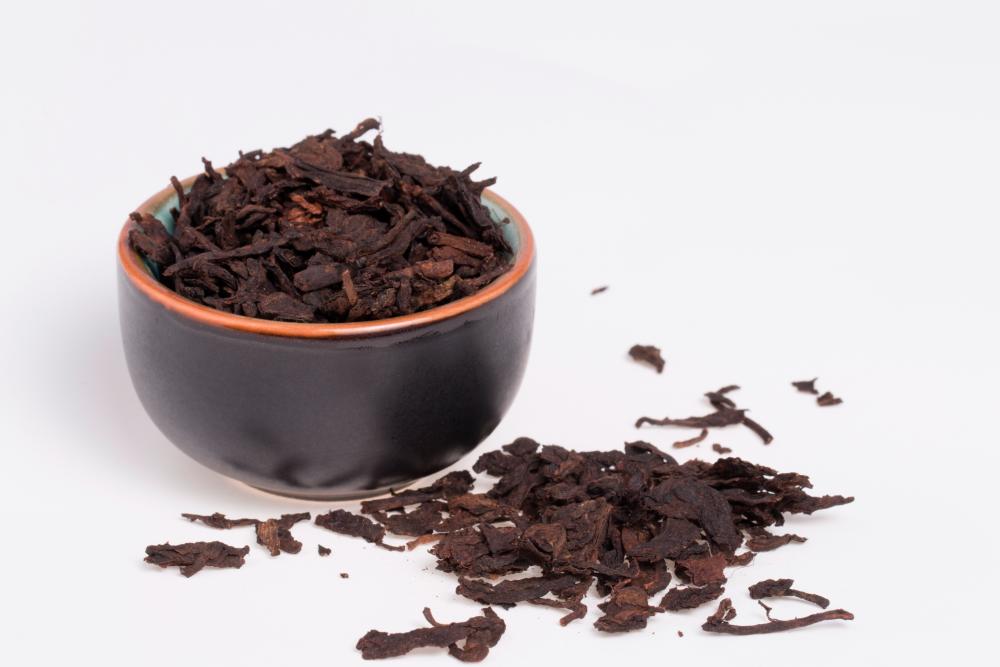
Oolong Tea
Oolong tea is a slightly oxidised tea that falls among black and green teas in terms of oxidation. It may produce a cup of tea that ranges from pale yellow to a deep amber in colour. Oolong tea leaves may be re-used several times, with minor flavour changes and subtleties in each cup. Many oolong teas, such as Milk Oolong, are grown from particular varietals of the tea plant that have been nurtured for many years to impart distinct characteristics to the tea. Oolong tea is picked, wilted, and then partially oxidised. Depending on the variety of oolong, it may be oxidised for a short length of time or for a longer period of time, sometimes to the level of a black tea. Before being dried and packed, some oolong teas are manually moulded into small, tightly wrapped balls. Oolong tea contains antioxidant chemicals that can aid the body’s defences against oxidative stress.
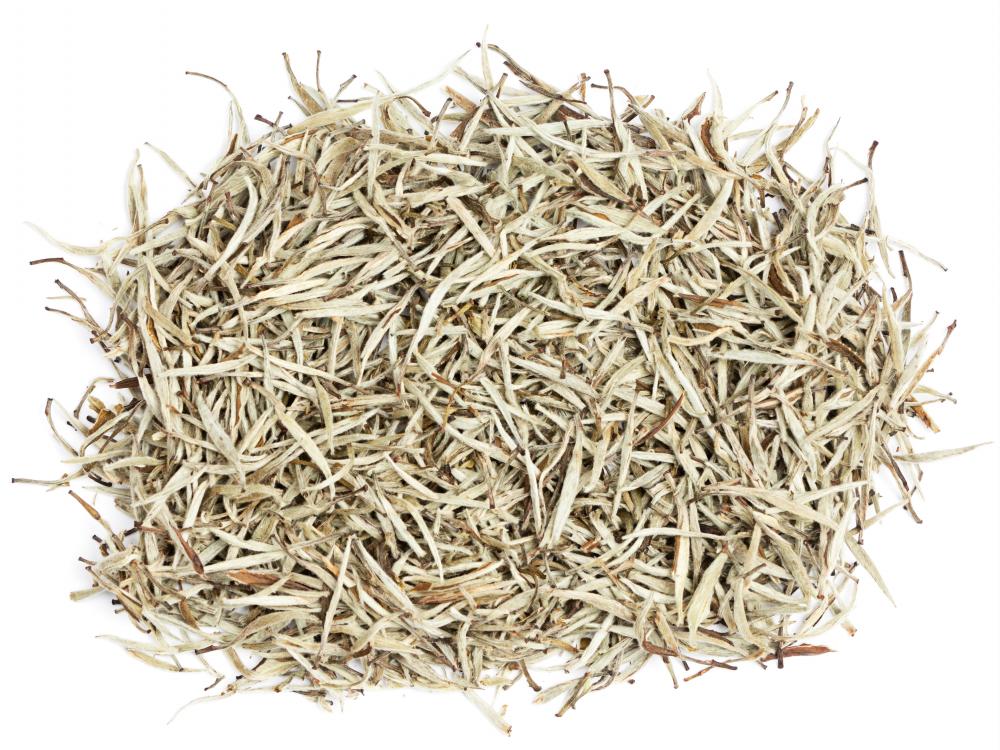
White Tea
White tea is considered the ‘mildest’ tea, just like how black tea is considered the ‘strongest’ tea. White tea is the minimally processed type of tea, produced without the use of heat. White tea uses a quick-drying procedure, either in the sun or with forceful air vents, to lock in fresh, crisp flavour and texture. The leaves oxidise slightly as they dry, resulting in a rich, creamy body. The most well-known white teas are brewed with delicate spring buds, giving white teas a silvery look. While the Da Bai varietal is used in the majority of Chinese white tea, white tea is distinguished by craft rather than cultivar. This means that white tea may be manufactured from any tea varietal if it is quick-dried without heat fixing or fire. The sophisticated light-flavoured tea leaves are from China’s Fujian region.
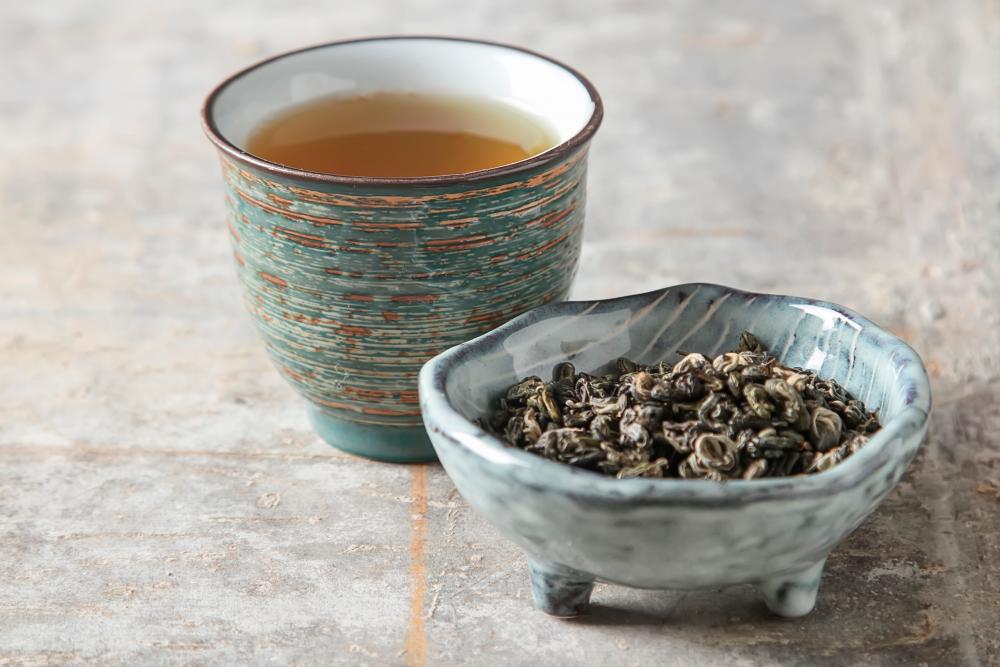
Pu erh Tea
Pu-erh is a variety of tea from the Chinese province of Yunan that is recognised for its rich flavour. It is created from tea harvested from wild tea trees, and the leaves are fermented by pressing the raw leaves together. It is also the only variety of tea that is fermented. Pu-erh is classified into two primary styles: Sheng Pu-erh, which is allowed to age slowly over decades, and the new Shu Pu-erh, which is aged first in a high moisture environment to hasten changes. The ageing procedure is what gives the tea its sweet and icy flavour. Depending on the degree of oxidation permitted in the process, pu-erh tea can be either black or green. Pu-erh improves metabolic syndrome patients’ health parameters.
When it comes to tea, there are a few fundamental categories that help you understand how a tea is produced and what it tastes like when brewed. Outside these categories, however, there are other tea varietals and processing techniques to choose from. Teas cultivated in various regions will contribute to the development of distinct features. There are as many varieties of tea. Even if you are a seasoned tea lover or just a beginner, there are always fresh and fascinating single-origin teas and tea combinations to try!



